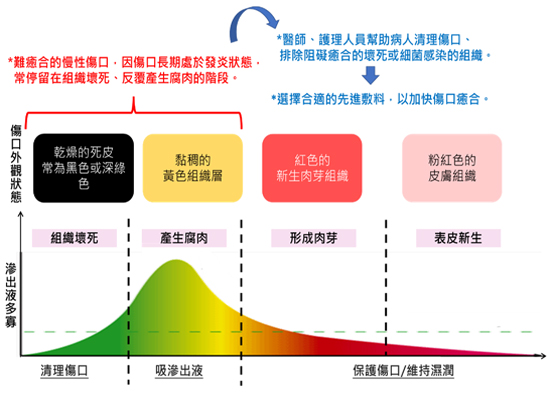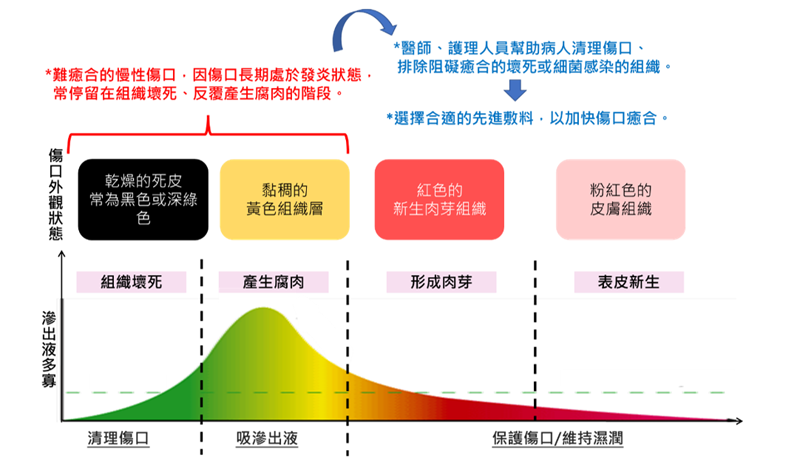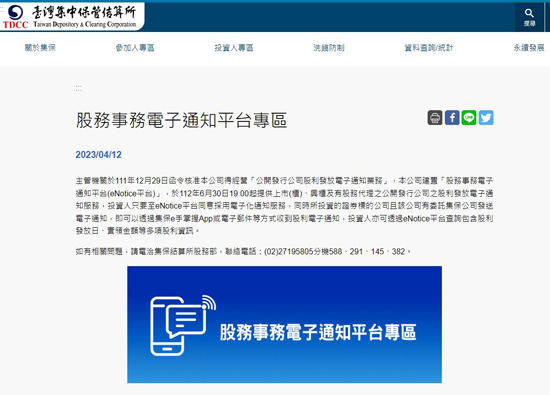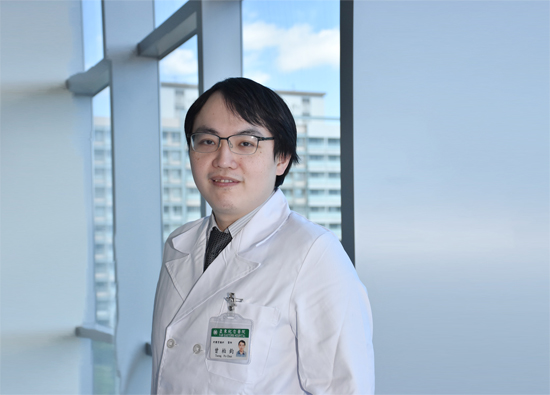06.2023 Life Guide
How to choose dressings when facing "difficult wounds"
Far Eastern New Century Corporation / Fan Jiang Meiting


 From injury to healing, the wound undergoes different stages such as inflammation, tissue regeneration, and regrowth back into the skin tissue. If it does not recover for more than four weeks, it can be classified as a chronic wound that is difficult to heal. Common causes include: the elderly or chronic patients with diabetes, cardiovascular diseases and other chronic diseases, due to poor blood circulation, resulting in blood vessel blockage, wound tissue necrosis, bacterial infection, too wet, etc., which may lead to long-term inflammation and failure to heal. How to choose the right type of dressing from a variety of dressings when facing difficult wounds?
From injury to healing, the wound undergoes different stages such as inflammation, tissue regeneration, and regrowth back into the skin tissue. If it does not recover for more than four weeks, it can be classified as a chronic wound that is difficult to heal. Common causes include: the elderly or chronic patients with diabetes, cardiovascular diseases and other chronic diseases, due to poor blood circulation, resulting in blood vessel blockage, wound tissue necrosis, bacterial infection, too wet, etc., which may lead to long-term inflammation and failure to heal. How to choose the right type of dressing from a variety of dressings when facing difficult wounds?The main steps of wound care
Step 1: Identify the condition of the wound. At different stages of the wound, the appearance and amount of exudate will change. By observing the appearance color and amount of exudate, it can be distinguished that the wound tissue is in a stage of necrosis, inflammation, or beginning to heal.
Step 2: Clean the wound. Professional medical staff can identify factors that affect wound recovery, eliminate obstacles to healing, and assist patients in cleaning the wound.
Step 3: Select suitable dressings. Select appropriate advanced dressings based on the moist state of the wound and the amount of fluid leakage to accelerate healing and reduce the frequency of changing dressings during home care.
 Types of advanced dressings
Types of advanced dressingsThe ideal wound dressing is to use the dressing to keep the wound moist, absorb excess exudate, and not stick. When changing the dressing, it will not damage the new skin tissue, in order to accelerate recovery and reduce the probability of bacterial infection. Therefore, advanced dressings with different effects need to be selected for wounds in different states. However, what are the characteristics of different types of advanced dressings? Which wounds are applicable separately?
1. Foam dressing
The ability to absorb exudate is excellent, which can prevent wound infiltration, reduce adhesion, and is quite effective in removing necrotic carrion on the wound. It is suitable for inflamed wounds with moderate exudation and yellow appearance, as well as red wounds with medium and low exudation and which have begun to heal, and is also widely used for wounds of Diabetic foot.
2. Seaweed glue/hydrophilic fiber dressing
The Nonwoven fabric fabric is soft, comfortable, and highly absorbent. After absorbing the exudate, it will generate gel to keep the wound moist, which is helpful to eliminate excess exudate and remove wound carrion. It is suitable for wounds with moderate or high exudate.
3. Hydrophilic dressings
Due to its low ability to absorb exudate, it is suitable for red wounds with low levels of exudate that have already begun to heal.
 4. Hydrogel dressing
4. Hydrogel dressingThe gel material is mild in texture and contains a lot of water. It can keep the wound moist, soften the dead skin, speed up the peeling off of the scab, avoid damaging the new granulation tissue when changing the dressing, and promote cell proliferation and wound healing. It is suitable for dry or low degree exudation wounds, and can also be used with foam dressing for medium and low degree exudation wounds.
5. Antibacterial dressing
Difficult to heal wounds that have been in an inflammatory state for a long time can generate a lot of oozing fluid, leading to excessive dampness and increasing the probability of bacterial growth. Therefore, some advanced dressings will add antibacterial ingredients (such as silver ions) to inhibit bacterial growth and reduce infection.
6. Antibacterial and high absorption dressings
The Shufu Patch Antibacterial Trauma Dressing adopts a multi-layer structure, and adds PHMB (Poly hexamethylene biguanide), which is broad-spectrum antibacterial and milder than other antibacterial agents. It has the advantages of breathability, high absorption, non adhesion to wounds, inhibition of bacterial growth, and reduction of infection. It is suitable for wounds with medium and high permeability and high risk of infection, such as Diabetic foot ulcers.
With the aging of the global population and the increasing number of chronic patients, the demand for advanced wound dressings is increasing year by year. Oriental Resources Development has accumulated over fifteen years of development experience, with strong capabilities in product refinement and optimization, as well as product line breadth. It has been purchased and used by multiple medical institutions and various channels, and has been recognized. In the future, it will continue to provide comprehensive wound care services.
#




















